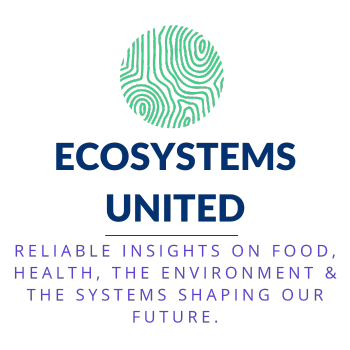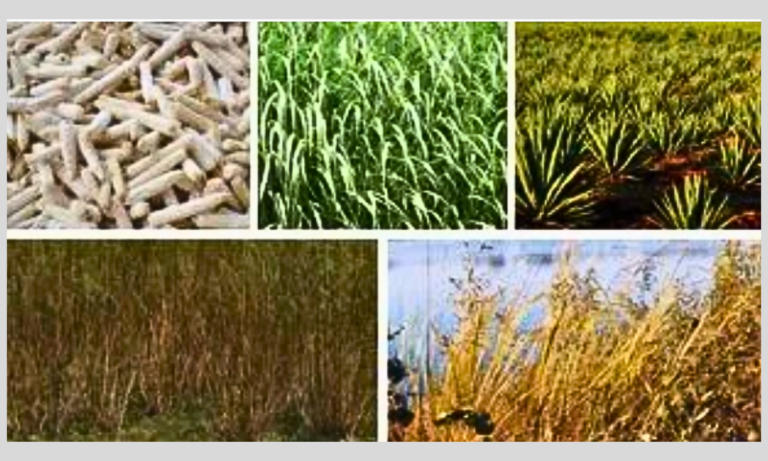covid-19 and our food system: the wake up call we need?

The whole world is dealing with the consequences of the novel coronavirus – everyone from the residents of European capitals to members of indigenous Amazonian tribes is feeling the effect. COVID-19 is the main topic of discussion and has been for a few months now and will continue to be for many months to come. Much of the conversation focuses on the economy and the general health and welfare of everyone affected and that is the way that it ‘should’ be.
Outside of these crucial themes, the origin of the virus has become another hot topic and fingers are being pointed and blame is being thrown as people search for someone or something to hold accountable for the chaos we face. Some assert that the virus escaped from a lab where scientists are supposedly working to create biological weapons. However, the more commonly accepted storyline is that the virus originated from a wet market.
For those unfamiliar with the concept, a wet market is a market where live vertebrate and invertebrate animals are marketed and sold to customers (Webster 2004). The stock of such markets can be farmed, caught in the wild or a mix of both. Such markets can lack standardized hygiene or animal welfare standards, the result of which can include heavily contaminated wastewater, poor environmental outcomes (Apandi, Asma, Matias Peralta 2015), or as we are currently observing, disease mutation and transmission (Chen et al. 2013).
It’s easy to villainize wet markets. It’s easy to point fingers and judge different cultures for their practices and preferences. Criticisms that focus on animal welfare and a need for environmental protections are not misplaced.
However, the parallels between wet markets and industrial agriculture are uncanny. In both scenarios, animals are kept in cramped, unhygienic spaces, the waste produced is poorly controlled – often leaking into water supplies, and the regulating bodies turn a blind eye to lax environmental management. The main difference being that consumers in western markets are accustomed to the benefits of a long supply chain that modifies the poorly treated animals into neatly packaged products barely resembling their original form. But back on the farm, the conditions for animal rearing are just as wretched. However, factory farm animals simply ‘benefit’ from a steady influx of antibiotics that shortsightedly control the mutation and growth of disease-causing bacteria and viruses by keeping the animals ‘healthy’.
As such, the time is upon us to examine the entire food system and all approaches to food production. Without such reflection – in our consumption patterns, in our relationship with food, and in our tolerance for short-term solutions to larger problems (like how do we feed the massive global population in a way that doesn’t kill us) – we are doomed to repeat our failures.
With the crippling social and economic effects of the current crisis, it should be obvious that business as usual is no longer an option. From adversity, we must gather the strength to change and adapt for the better. How we move forward from here will shape the long-term outcomes of our present situation. How that looks will depend on what we do next. That begs the question, will we learn from our mistakes or will we be faced with the next pandemic in just a few short years?
sources:
- Apandi, W. M., Asma, W., & Matias Peralta, H. M. (2015). Removal of nutrients and selected heavy metals in wet market wastewater by using microalgae scenedesmus sp. In Applied mechanics and materials (Vol. 773, pp. 1210-1214). Trans Tech Publications Ltd.
- Chen, Y., Liang, W., Yang, S., Wu, N., Gao, H., Sheng, J., … & Li, Y. (2013). Human infections with the emerging avian influenza A H7N9 virus from wet market poultry: clinical analysis and characterisation of viral genome. The Lancet, 381(9881), 1916-1925.
- Goldman, A., Krider, R., & Ramaswami, S. (1999). The persistent competitive advantage of traditional food retailers in Asia: wet markets’ continued dominance in Hong Kong. Journal of Macromarketing, 19(2), 126-139.
- Webster, R. G. (2004). Wet markets—a continuing source of severe acute respiratory syndrome and influenza?. The Lancet, 363(9404), 234-236.
image credit:





